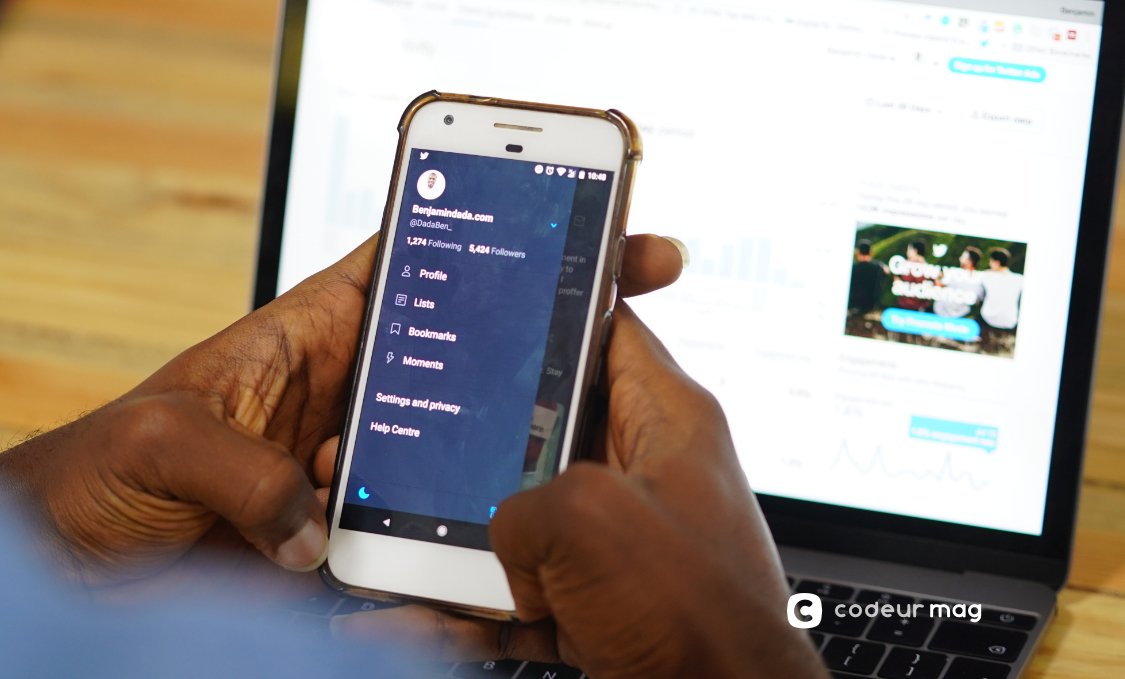4 reasons why your users install another application

You have designed your mobile application, and released it. It works quite well, since many mobile users download it, install it and have or will test it.
It’s perfect!
On the other hand, there is still a small black spot that we haven’t mentioned yet: what about the large number of people who uninstall it and go off to try a competing application?
What if you try to keep them there so you don’t get into a perpetual search for new interested users. Let’s take a closer look at the reasons that negatively impact your retention rate.
1. The crucial moment of discovery
This is one of the most important moments in the apprehension of a new mobile application. It will finally be able to express itself and prove its value to the people who have downloaded it.
First of all, if the app requires a “sign up/login” step to access it, make sure to keep it as simple as possible. You can ask for a minimum of information (to ask for more once the registration is finalized), in order not to block from the start and avoid a withdrawal of part of the mobile users, then already discouraged.
The use of “social connect” like Facebook or Google can also shorten this process and give a faster access to the heart of the application.
Now that your “prospects” have become users, take care to accompany them in the discovery and understanding of your application. It is necessary to bring information on its exploitation:
- How does it work?
- How does it differ from the others?
- Why will it quickly become important in my daily life?
These are all questions that you need to be able to answer so that you don’t lose the user, and leave them with the idea that another even better application exists.
If we look at some statistics, we notice that more than 3/4 of the people uninstall an application within the first 90 days of use. This is often due to a lack of explanation about the use and the value it can bring.
Finally, think about simplifying processes and tasks. The new generations and new behaviors, driven by digital, are moving towards a way of thinking and acting “to the point”.
The goal is to have quick access to information, in maximum 3 clicks. The mobile application must allow this simplification since it gives direct access to the content of an actor.
During the life of your application, you will have to reinvent the way it works and the way it requests and retranscribes information. It is partly through this work that it will remain “current” and not “obsolete” after a few months of use.
2. Is the performance of the mobile application stable?
Often, when we talk about performance, we think about power or speed. If these notions are important of course, they should not erase the question of stability. Because a mobile application that performs well “from time to time” is not enough!
As we mentioned before, it is possible that your application may encounter difficulties on certain types of devices, operating systems or even in certain contexts of use. Also, frequent updates can disrupt its proper functioning.
The bug is one of the main enemies of the good use of the application and is often the cause of an uninstallation.
You need to set up a team that will constantly track down bugs and fix them.
To do this, beyond a technical research and a work on emulators, the implementation of a “bug report” on the application at the disposal of the users, as well as the precise observation of the users’ opinions are two very interesting actions.
Read also 11 KPIs to track to measure the performance of your application
3. User feedback is a valuable resource
Often perceived as a very subjective feedback, the customer, or user, opinion will allow to perceive what are the problems encountered, if any.
Providing answers and making it clear that steps will be taken to resolve difficulties is good. But what’s better is to use it as feedback to guide what to improve. Because if one user could see it, others will certainly see it.
Engage in dialogue, and treat as a priority those feedbacks that will show you as active with your user community, and improve your retention rate in the medium-long term with newcomers.
4. The notification plan: a critical task
Notifications have become commonplace and even appreciated by many smartphone users. Provided that they are well managed and proportionate. Because what could be more annoying than an application that sends 50 notifications per day, disturbs and consumes part of our precious battery.
Even if it is often possible to stop them in the application or via the settings of his phone, many mobile users prefer to uninstall the application now perceived as “spamming” and too uninteresting.
Building its notification plan, seeking to limit the maximum disturbance of the user, while providing value, here is the goal that must seek all designers and developers of mobile applications.
As you can see, we have tried to make you aware of the issue of retention rate and the actions that can be taken to increase it as much as possible.
The competition between mobile applications is such today, and the behavior of mobile users so changing, that it is more than necessary to work on “how to retain its users”, especially after spending time and money to be visible and downloaded.



